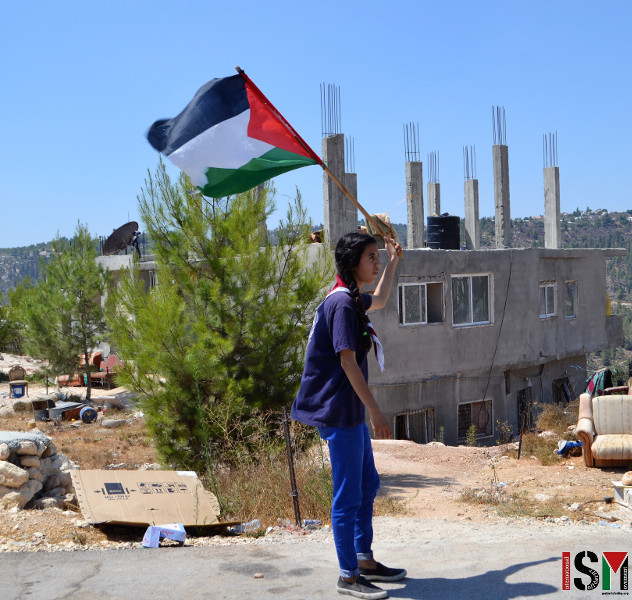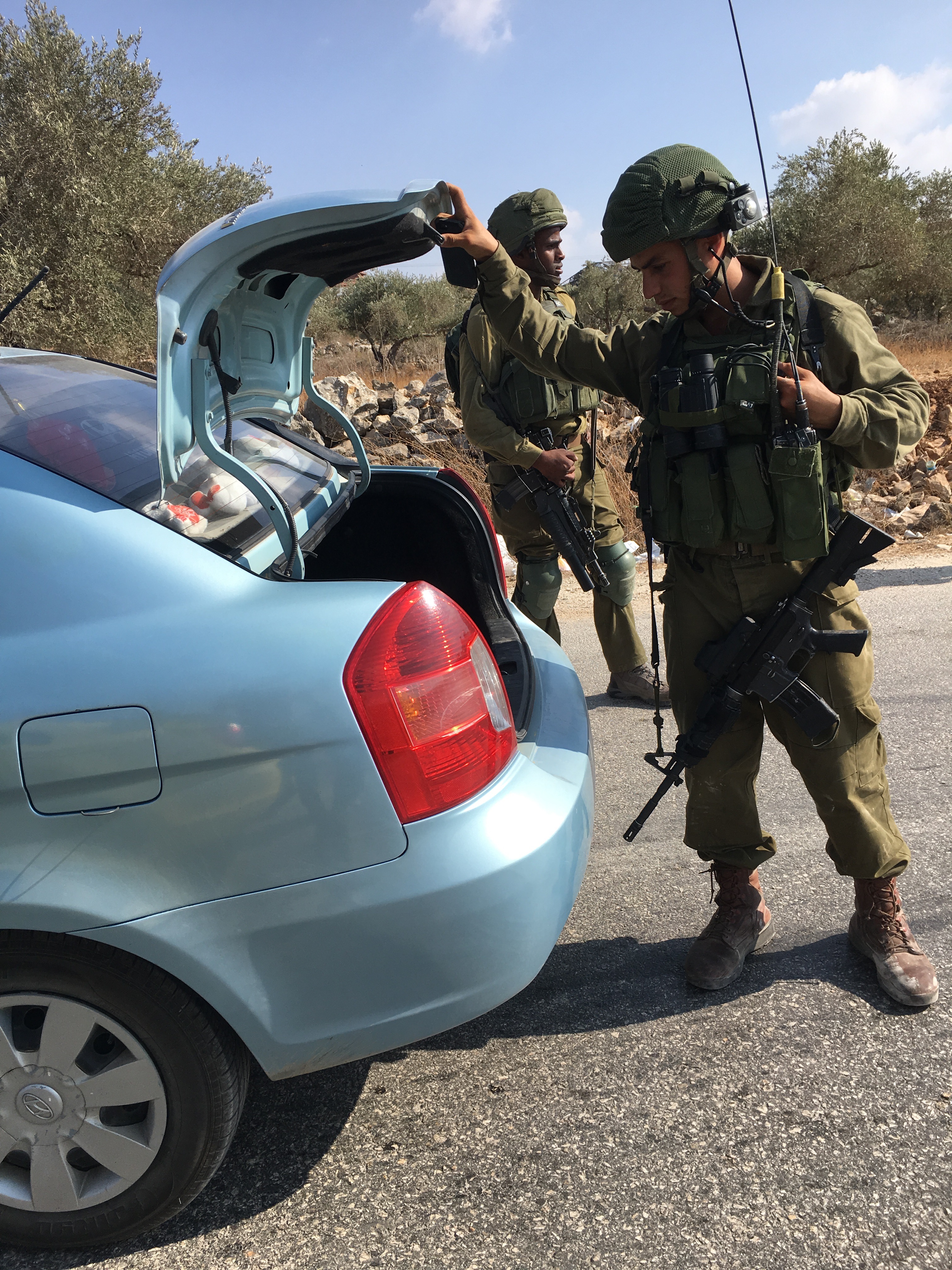Category: Features
-
Protest against house demolition in al-Walaje
19th August 2017 | International Solidarity Movement | Al-Khalil team, Occupied Hebron Friday 18th of August, the villagers from al-Walaje, a village near Bethlehem, were peacefully protesting the demolition orders of 22 houses in their village. The residents received the demolition order last month. The Israeli forces want to demolish the houses in order to expand…
-
Israeli army restrict international access to Kafr Qaddum during confrontation
17th August 2017 | International Solidarity Movement, Nablus-team | Kafr Qaddum, occupied Palestine Israeli occupation forces blocked international access to Kafr Qaddum on Saturday, before apparently attacking Palestinian demonstrators for the second time in two days. The Israeli military set up a road block at the entrance to the village, which has seen weekly demonstrations…
-
Supporting Fayzeh
15th August 2017 | Supporting Fayzeh | occupied Palestine Many of you know Fayzeh and Issa Souf from the West bank village of Hares. Fayzeh has been recently diagnosed with advanced stomach cancer. She has been hospitalized for the last month and has began receiving chemotherapy. Issa and Fayzeh’s dedication, generosity and kindness have touched…



